Today is April 6, 2025.
Back in February, I was deeply immersed in writing blog posts, but since then, my focus has shifted toward subtitling videos.
I spent a considerable part of March working on adding subtitles to my videos.
Compared to writing, subtitling takes several times more time.
Since I sell pearls, I believe that combining articles and videos allows me to communicate the quality of the pearls more clearly.
However, video production takes a lot of time, whereas writing an article alone does not.
Considering the time and effort involved, I’ve come to realize that I need to carefully evaluate how I allocate my time between article writing and producing subtitled videos going forward.
A few years ago, I set a long-term goal to gradually optimize my shop over time.
You might think, “Isn’t it about time it’s optimized already?”
But I feel I’m still far from it.
When I was only running my Etsy shop, it was quite simple—just making products and writing descriptions.
Since then, I’ve created my own website, and now I’m also managing a YouTube channel.
I don’t yet know whether these growing branches are weakening the trunk or making it stronger.
But at least I feel content being able to experiment and try different things as I like.
Perhaps now is the time to wait—to gather the raindrops falling on each branch and see which one collects the most water.
At this point, the drops are still few and far between to make any meaningful comparison.
I used to think that balancing pearl information sharing and pearl sales would be easy.
But it turns out it’s more challenging than I imagined.
On another note, many of the customers who place orders with me don’t ask for discounts.
Of course, I can’t know what they’re truly thinking deep down.
My shop is not a brand, so the added value of me making the jewelry is not reflected in the price.
Most of the pearls I use are sourced directly from pearl farms.
Others are purchased from pearl dealers in Kobe,
who obtain them at auctions held exclusively for recently harvested pearls.
As a result, there are either zero or at most one intermediary between the pearl harvest and me.
More intermediaries usually mean higher prices.
That said, I don’t aim to sell pearls at cheap prices.
Pearl farmers spend 365 days caring for Akoya oysters to create a single pearl.
Their hard work is often undervalued.
If I, as the seller, lower the price even further, it would diminish the value of their efforts.
However, I sometimes offer discounts to those who purchase many items at once.
It’s a case-by-case matter.
That said, when someone persistently pushes for a discount, I become quite drained.
I want to meet their expectations as much as possible.
But if the discount becomes too great, I’m not really selling anymore—I’m essentially paying someone to take the item as a gift.
Moreover, when someone demands a large discount, it shows that they don’t believe my product is worth its listed price.
There may be a significant gap between the price I believe is fair and the price they consider fair.
Once I offer a discount, it can easily become an expectation for that person.
Although I’m not running this shop purely for profit, excessive discount demands not only hurt my margins but also make me feel personally rejected.
If it were just about profits, it wouldn’t be such a big deal—I could simply work harder and make more sales.
But when I start to feel like I’m making something that has no value in the eyes of others, it’s painful.
Of course, I don’t think those customers intend to make me feel that way.
They simply want to buy something good at a better price—and that’s perfectly reasonable.
Pearl jewelry is a luxury item—it’s not a necessity for daily life.
So it’s difficult to determine what the “appropriate” price really is.
In my case, I base my pricing on the cost of procurement.
That’s why even pearls of the same quality cost significantly more now than they did five years ago,
and those changes are directly reflected in my shop’s prices.
I generally don’t like writing articles about pricing, but lately, I’ve been thinking more about this topic.
In the past, I was relatively open to offering small discounts.
But when people go beyond that and demand more, I sometimes don’t know how to respond.
I used to work at a pearl company, where I helped sell pearls to many customers.
There was even one customer who made my usually calm and collected supervisor so angry he slammed his pen on the desk and walked away.
No matter how much we explained or offered discounts, this person kept pushing endlessly for more.
To me, it felt like watching a competitive sport.
“I want this, but can you give me a discount?”
“Maybe this much.”
“Can’t you go a little lower?”
“Well, if you also buy this item…”
“Okay. How much then?”
“Would this be okay?”
“Can you go just a bit more?”
“Um… okay, how about this?”
“All right, thanks.”
That kind of light negotiation felt okay to me.
Basically, I don’t mind when someone asks me for a discount.
But I do hope people won’t take it too far.
I’ve come to realize that these interactions affect me more deeply than I thought.
“Maybe you’re just too sensitive.”
That may be true.
When I really, truly want something, I don’t feel the urge to ask for a discount.
I only feel that urge for things I want… but not deeply want—if it were cheap, I’d buy it.
Which means, I need to make more products that truly captivate people.
About 30 years ago, I think it was more common for people in Japan to ask for discounts when shopping.
Nowadays, it seems far less frequent.
That’s probably because store staff no longer have the authority to adjust prices.
Many small, independent stores have disappeared—taken over by big corporations.
Individual shopkeepers used to have discretion over pricing.
But at corporate chain stores, sales staff usually don’t have the authority to offer discounts.
Prices are managed through large systems, making individual price adjustments difficult.
Instead, many businesses now offer loyalty points or reward systems as a way to handle discounts.
Also, Japan experienced a long period of deflation over the past 30 years.
Only recently have we begun to emerge from that era.
Companies kept lowering their prices more than customers demanded.
Now, people are confused by rising prices, but they’re doing their best to adapt.
The main reason for this price inflation is likely the impact of war.
It’s not something we can control.
With prices going up, some people may hesitate to buy things.
Still, one thing remains true: many people are willing to pay the proper price for a good product.
I’ve lost track of where I was going with this.
But if I had to wrap things up, I’d say that I need to create more compelling products.
This post turned out to be a bit of a roundabout complaint, but dealing with excessive discount demands has proven to be very difficult.
It ended up being quite a source of stress for me.
Sometimes I feel like I’d rather give the item away than go through such a draining negotiation.
But it’s in moments like these that I need to remember the 99% of my customers who are truly supportive.
That’s when I realize just how fortunate I am.
Now, changing the subject—
I’d like to share some cherry blossoms I saw yesterday.
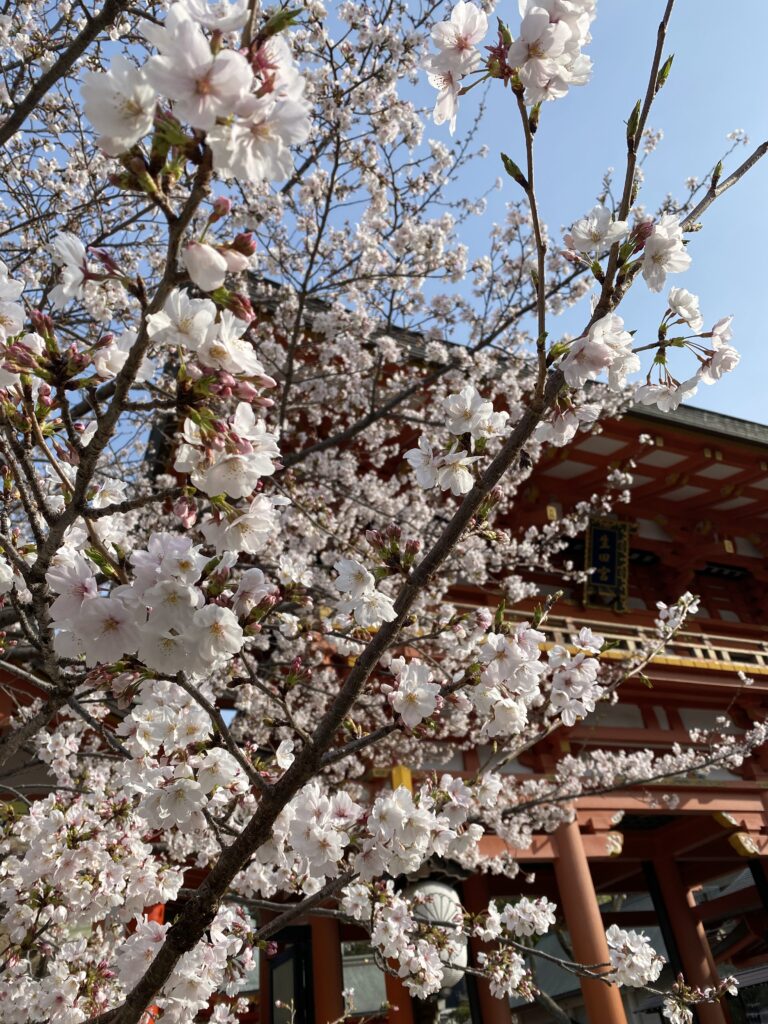
Ikuta Shrine
They were at Ikuta Shrine, which is just a five-minute walk south from Shin-Kobe Station and the Kitano area in central Kobe,
where many pearl dealers are concentrated.
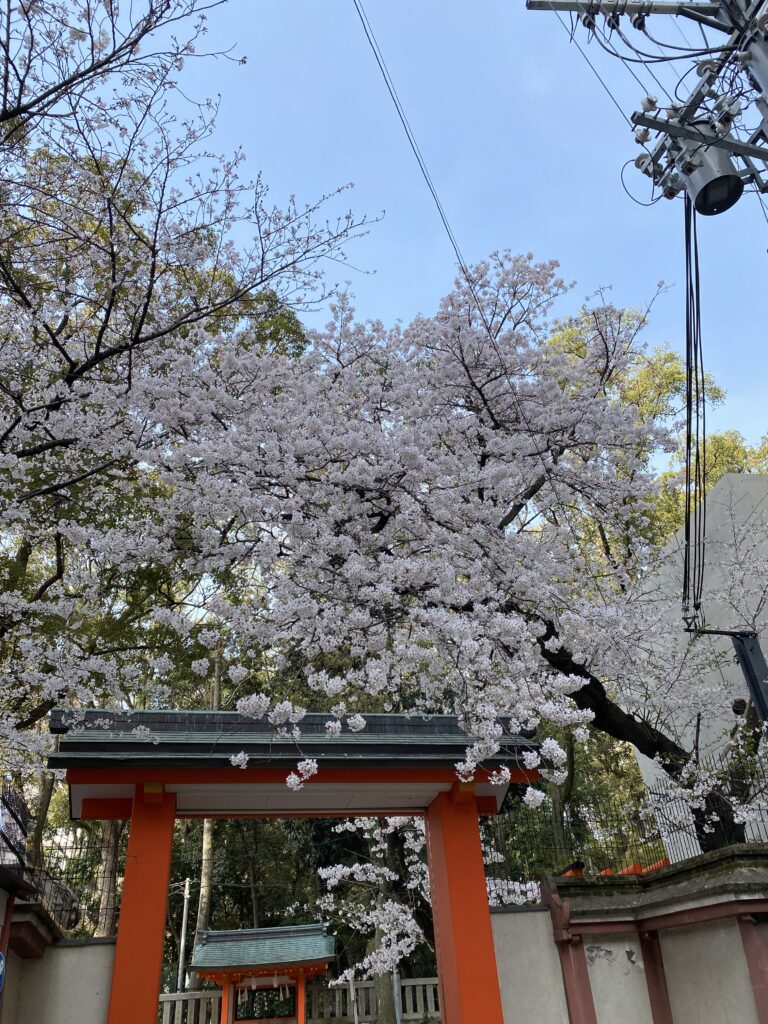
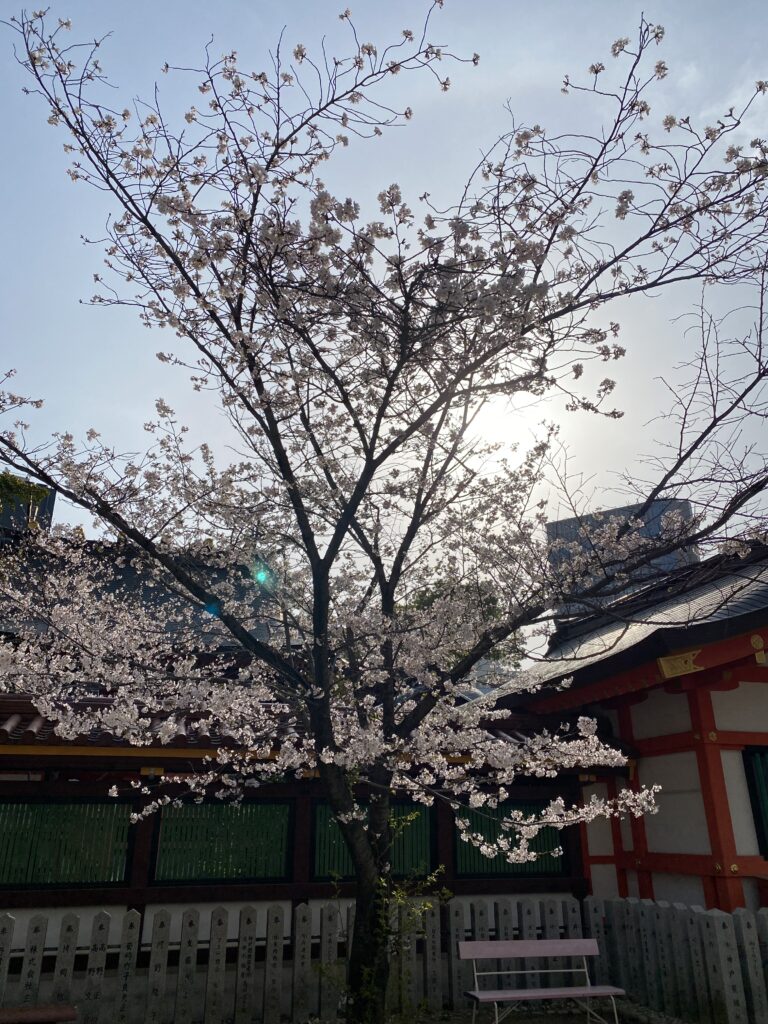
Ikuta Shrine

Scenery in front of Shin-Kobe Station
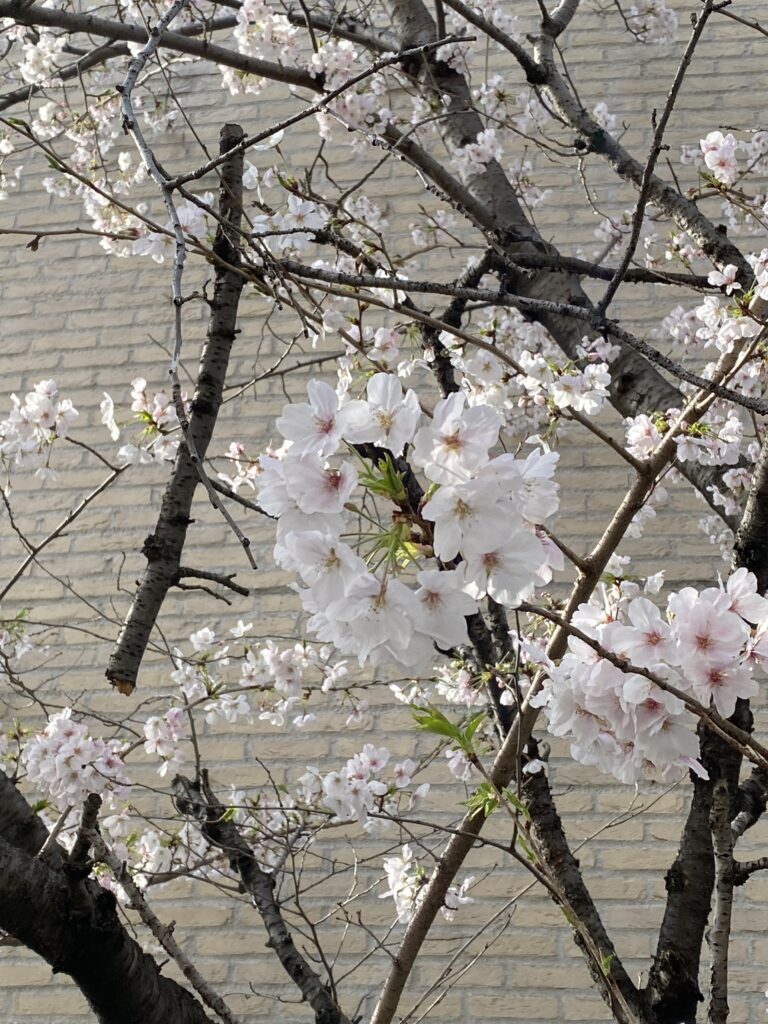
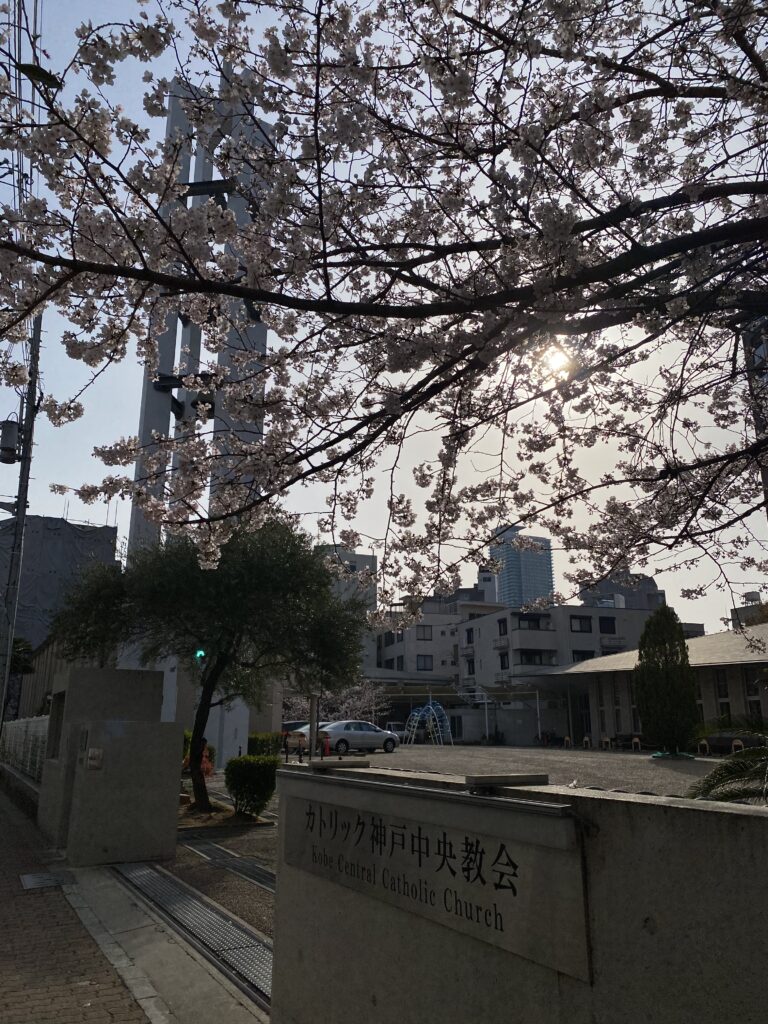
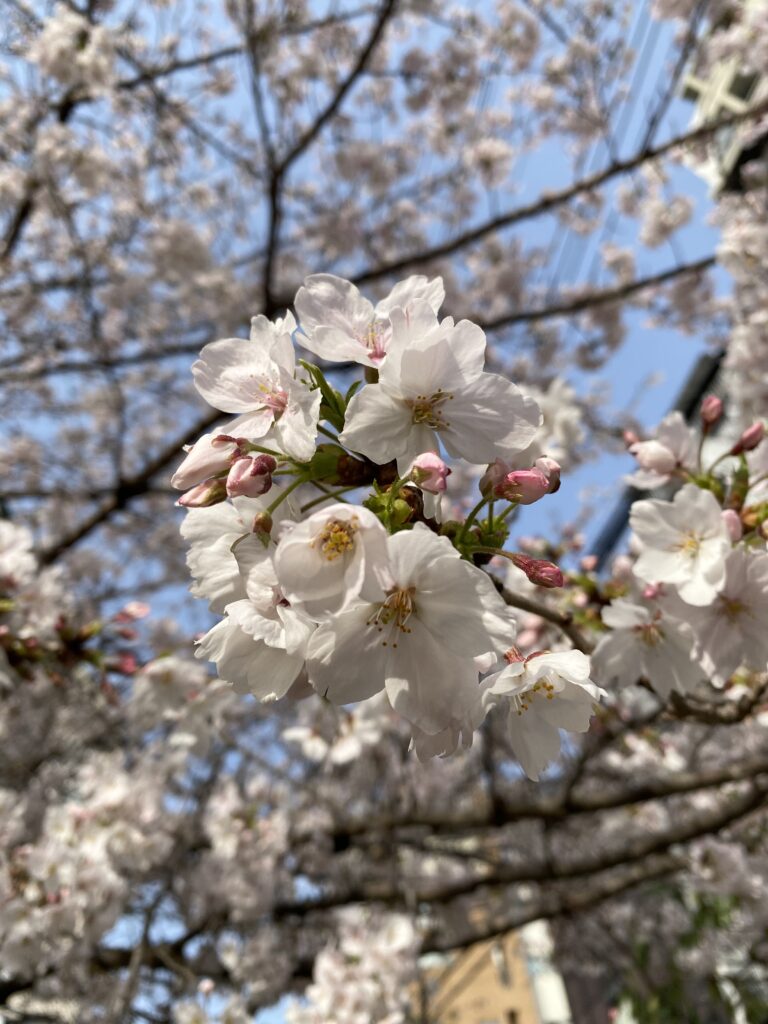
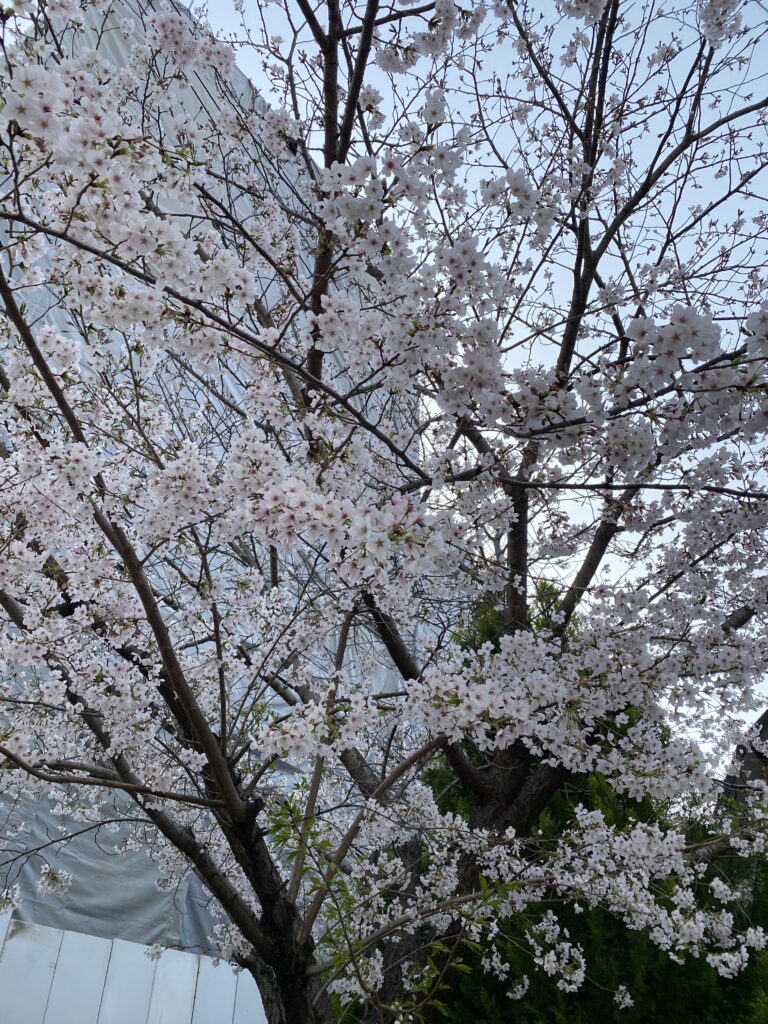
Kitano area
Shin-Kobe Station Square at night
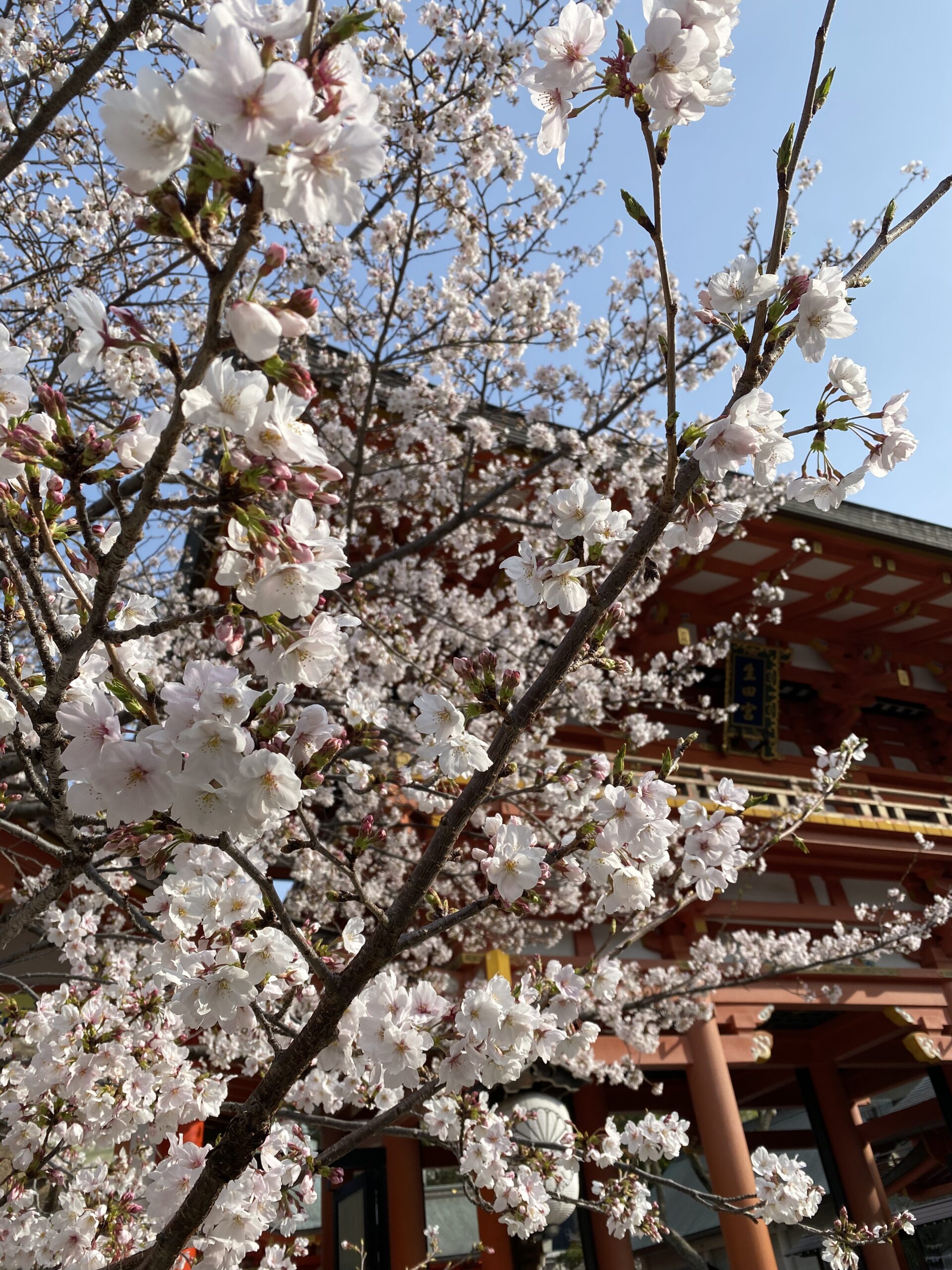
Comment